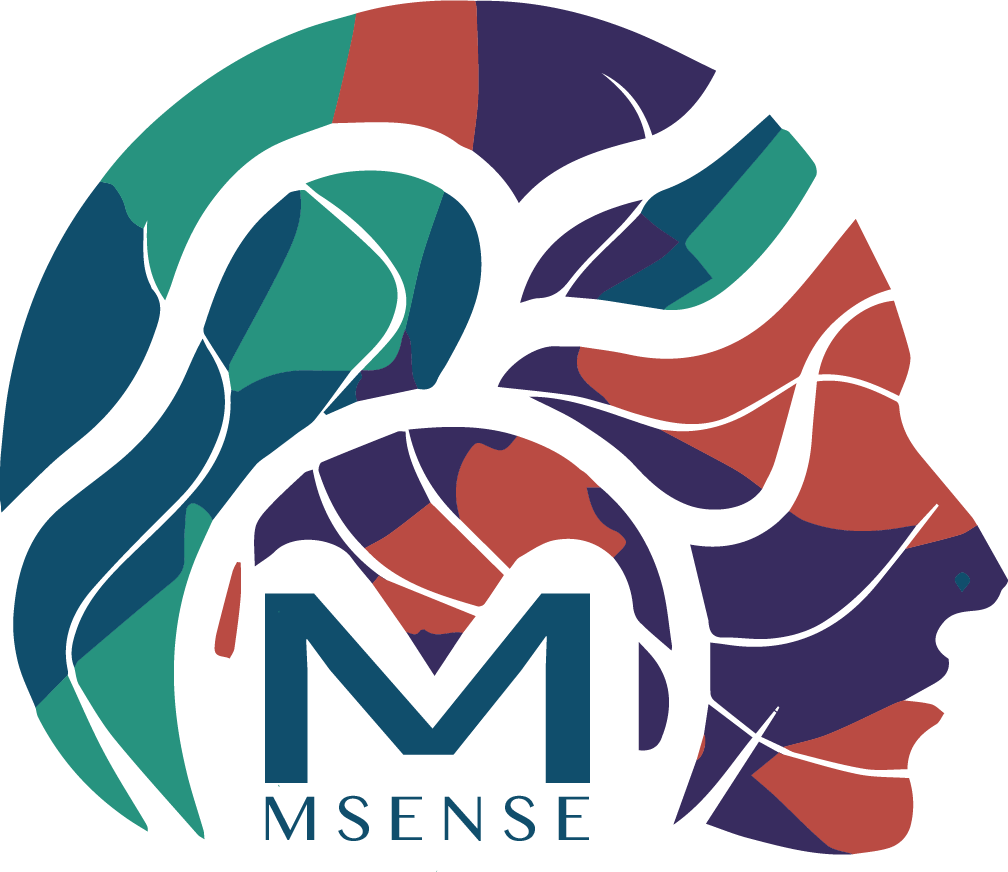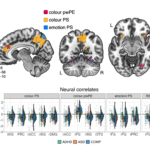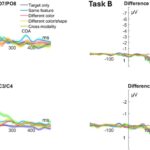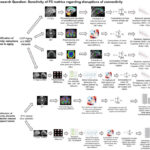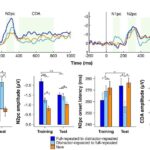Redundant information is useful for facilitating search. However, it remains controversial whether our brain integrates the features from different senses in the same way it integrates features from the same modality. Recently Nasemann and colleagues (2023) conducted a visuo-tactile search task in which targets were defined by features in either the visual or tactile modality or a combination of both. They found that the lateralized event-related EEG component, the posterior contralateral negativities (PCN) is sensitive to the redundant features in different modalities. And linear mixed-effect modeling of the PCN amplitude and timing parameters accounted for approximately 25% of the behavioral RT variance. These behavioral and PCN effects support the hierarchy of priority-signal computation assumed by the modality-weighting account (MWA).

Reference
Nasemann, J., Töllner, T., Müller, H. J., & Shi, Z. (2023). Hierarchy of Intra- and Cross-modal Redundancy Gains in Visuo-tactile Search: Evidence from the Posterior Contralateral Negativity. Journal of Cognitive Neuroscience, 35(4), 543–570. https://doi.org/10.1162/jocn_a_01971
